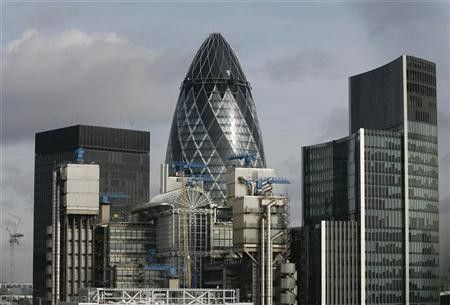Engineers Create a High-tech Shield to Channel Heat from Buildings into Outer space

Keeping buildings cool can now be done using a cost-efficient material that reflects the sun's rays to reduce incoming heat while radiating warmth outwards. Stanford engineers, led by Professor Shanhui Fan and research associate Aaswath Raman, have created this high-tech mirror. Details on this energy-saving breakthrough is presented in the journal Nature.
The Stanford invention is a multi-layered coating that deals with both visible light and invisible radiant energy. An example of invisible heat-beating light is the warmth coming from the oven. People cannot see this, but has a natural means to radiate the heat. The engineers designed the cooling material to radiate infrared rays away from buildings and to send them into space. Since direct sunlight raises room temperature and humidity, the new invention also acts as a mirror and redirects incoming sun's rays that strike it.
The research team calls this system "photonic radiative cooling" as it emits infrared heat from inside the building while reflecting sunlight that warms the structure at the same time. Both the radiation and reflection make the photonic radiative cooler nearly 9 degrees Fahrenheit cooler than the surrounding air during the day. With this technology, indoor air would remain cool and the use of air conditioners would be minimised.
This ultrathin material is not only environment-friendly but cost-efficient as well once it will be on large-scale implementation. Industrial buildings and corporate towers can cut down costs on electricity with this simple innovation. According to Stanford News, 15 percent of the energy consumption in buildings in the United States is used to power up air conditioning systems.
To make the new technology resistant to wear and tear, researchers suggest a better or more durable material for the coating. Moreover, some technical issues have to be resolved for the technology to be utilised appropriately. One is figuring out how to channel the heat inside the building to its exterior coating. Another is producing larger panels. Nonetheless, the researchers say there are large-area fabrication facilities that can make their panels at the scales needed.
The scientists also see this project as a first step toward using the cold of space as a resource. Fan says, "Every object that produces heat has to dump that heat into a heat sink," Fan said. "What we've done is to create a way that should allow us to use the coldness of the universe as a heat sink during the day."




















